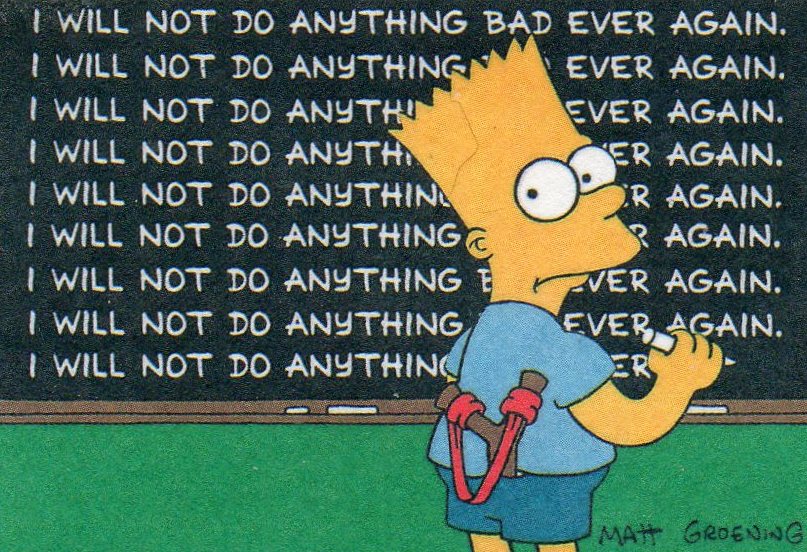Around this time every year I start to think about my goals. I take a moment to look over my goals from the past year and see how many I accomplished. And I sit down and write a new list of things I want to accomplish in the next twelve months.
Some of the items on my list carry over from year to year. There are two or three goals that are life goals that will be on the list each year until they are completed. Other items on the list are yearly goals; things I specifically want to accomplish in the coming year.
Setting goals is an art as much as it is a science. When setting a goal it is important to consider several different factors because the better you are at setting the correct goals for yourself the better your chances of accomplishing them are.
With that in mind here are a few guidelines I use:
Stay positive
A lot of people do some form of goal setting as each year ends and the next begins. Most people call them resolutions. Often these resolutions are negative, such as “I want to stop smoking,” or “I want to lose weight.”
I prefer to list my goals in their positive form; such as “I want to learn about ____,” or “I want to accomplish ____.” Instead of focusing on what I want to stop doing or being I focus on what I want to replace that bad habit with.
Resisting a bad habit can only last as long as your willpower lasts. And your willpower will give out eventually no matter how strong you are. So instead of resisting it’s better to replace the old bad habit with a new good one.
Set manageable goals
I’ve found that one of the biggest challenges for a trainer is to convince people to break down their goals to a manageable size. Everyone wants to set a large goal and accomplish it immediately. But that’s not how fitness works and that’s not how life works.
Like I said, setting goals is an art form. Goals have to be challenging enough to create excitement and prevent boredom but small enough to actually be attainable. It’s better to set a manageable goal that you can accomplish and continue your momentum into your next goal than one that is so large and discouraging that it continually fails to be attained.
Finding the sweet spot for yourself can be difficult. Everyone has different needs and body types and personalities and strengths. But the perfect goal is both difficult enough to foster motivation and easy enough to be realistic.
Write your goals
I am a big believer in writing things down. Memories can be short and tricky and are often undependable. The process of writing on the other hand helps define and confirm what is being written.
Writing goals down is one of the biggest factors related to achieving them. What is easily on your mind in January is often far away in June. And completely forgotten in September. Just ask any gym check in log. But a goal that is written down and placed where it can be often seen and referred to is not as easily forgotten. Or failed.
Remember: set manageable goals that are presented positively and write them down so you can refer to them throughout the year. If you keep these three simple things in mind when you set your goals it will increase your chances of accomplishing them.
Over the next few weeks I’ll share my thoughts on how to turn your dreams into goals and how to increase your odds of accomplishing them.
One last tip: Don’t set too many goals for the year. Keep it simple and specific. I usually set 3 personal goals to focus on each year.






